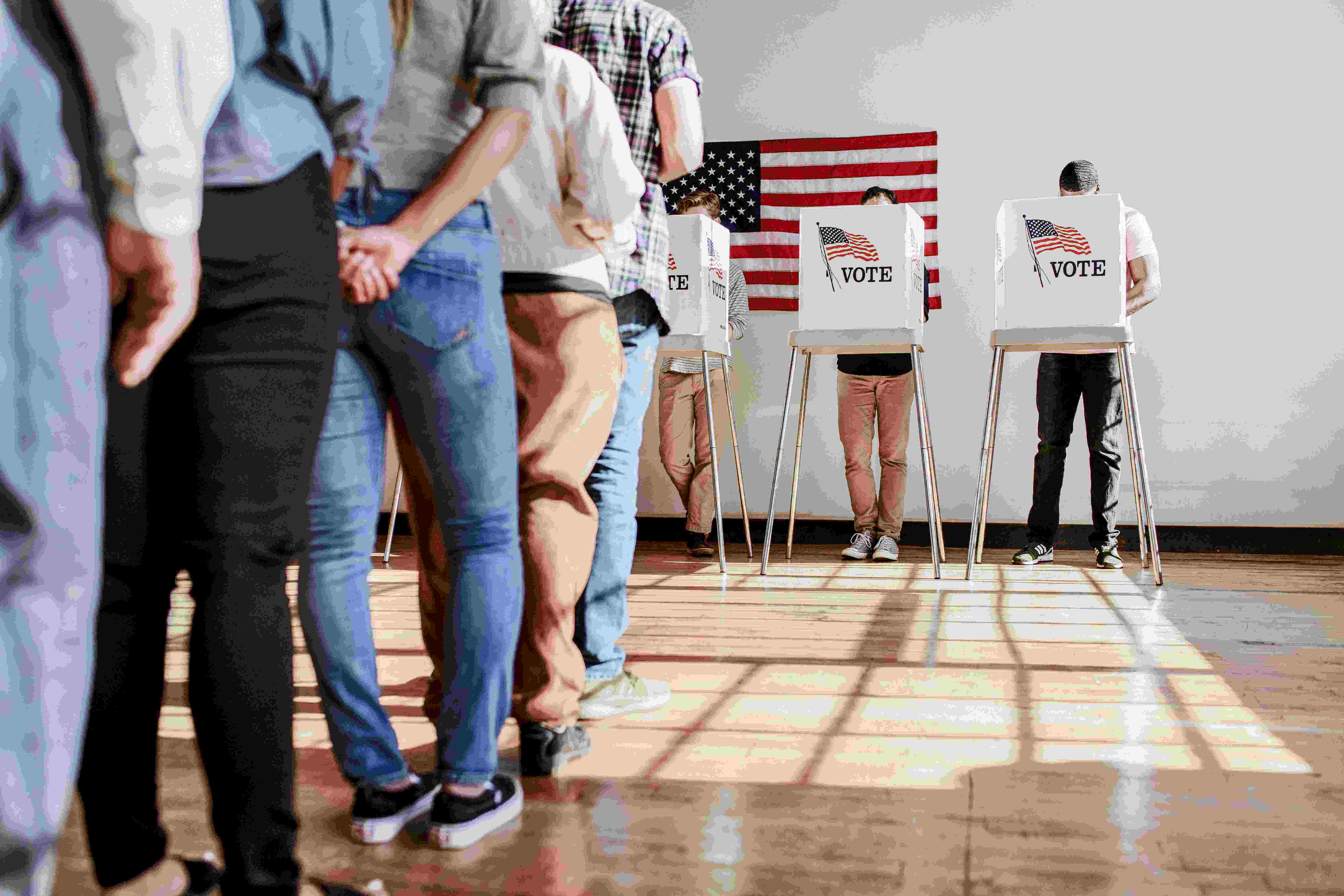A car drives through the city. It’s a smooth journey. Traffic is light and there are no accidents. The car pulls into a parking lot and the driver leaves for an hour or so before returning. Finally, it leaves the city, across a toll bridge to where the driver lives.
It sounds quite uneventful - boring even - but every step of the trip was assisted by advanced video technology. More specifically, by license plate recognition (LPR) technology.
The detection of license plate data has a diverse range of useful applications
License plate recognition (LPR) — otherwise known as automatic license plate recognition (ALPR), automatic number plate recognition (ANPR) or simply number plate recognition (NPR) — is technology that enables the automated image capture of vehicle license plates, which can be converted into text or other useful metadata.
It's been around since 1976 but more recent technological advances have skyrocketed the potential for LPR to have a useful impact. Whether for drivers, businesses, or law enforcement, the technology will play an important role in easing everyday problems.
Firstly, let’s take the most obvious element: the driving. Beneath the hood of the low-traffic, accident-free trip the driver in our above example had, there were many background processes making it happen.
Cities today typically use intelligent transportation systems (ITS), advanced applications which help manage traffic and coordinate transport networks. CCTV cameras and license plate recognition technology can plug into these, providing data about the flow of traffic within the city.
Traffic flows today can be monitored by sophisticated IT systems
Keeping a close eye on these traffic flows can help cities identify areas where they can optimize their transport infrastructure. In Katowice, Poland, they are doing exactly this using Milestone XProtect® License Plate Recognition, an add-on designed to integrate with XProtect Smart Client and that works with thousands of camera types.
In the US alone, more than 800,000 car thefts were reported in 2020. Here, again, LPR can help. Law enforcement personnel can use it to mitigate the threat of high-risk situations involving these stolen cars. The video technology can be used to automatically alert the authorities when a stolen vehicle’s license plate is detected on camera. It can then inform which direction the wayward car is going and therefore assist in apprehending them.
Traffic and driver safety is far from the only area where ALPR can be utilized. It’s also a technology that can increase revenues and collect them in a time- and cost-effective way.
Take our driver’s car parking experience, for example. Here, as they entered the parking lot, their number plate was checked. As they left, it was checked again, and they could be charged the correct amount for their stay. Similar transactions can take place at toll roads or bridges.
It can make an impact in unexpected areas such as manufacturing, too. ART Cosmetics use it to monitor shipments: incoming trucks are recorded, both before products are picked up and after they are loaded.
Another useful area of application for NPR technology is the potential to regulate access to restricted areas. At Marriott Gaylord Opryland Resort, they use XProtect LPR to manage the ridesharing drivers who enter the property. This way they can identify drivers who exceed parking limits or cause other problems such as littering.
It could also be used to prevent thefts by denying access to blacklisted drivers – like at fuel stations, where it can be used to identify known “drive-off” offenders.
Fuel stations are just one example where LPR could help with loss prevention
“Away from security, the solution could be used to allow subscription payments, or for customer loyalty programs within the hospitality industry. By identifying VIPs as they drive into the parking lot, it can allow a better guest experience in a number of customer settings.”
For drivers, businesses and more, LPR video technology can make a big difference in people’s lives. It can help stop accidents before they happen, smooth out the friction in everyday processes and help businesses create better experiences.
Milestone XProtect® License Plate Recognition is one such tool that is helping organizations do this. With optimized recognition algorithms for more than 200 countries and states around the world and advanced matching logic, users can compare recognized number plates with pre-defined lists and initiate automated actions.
From reducing queues at an Australian drive-through to improving campus security, LPR technology is making a worldwide impact. And any business or organization that is building for a more efficient future should be excited by its potential.

